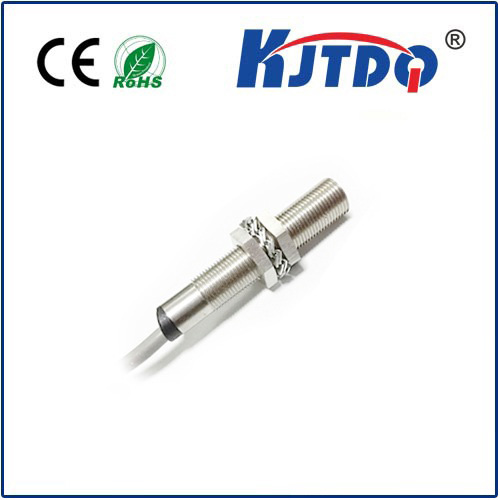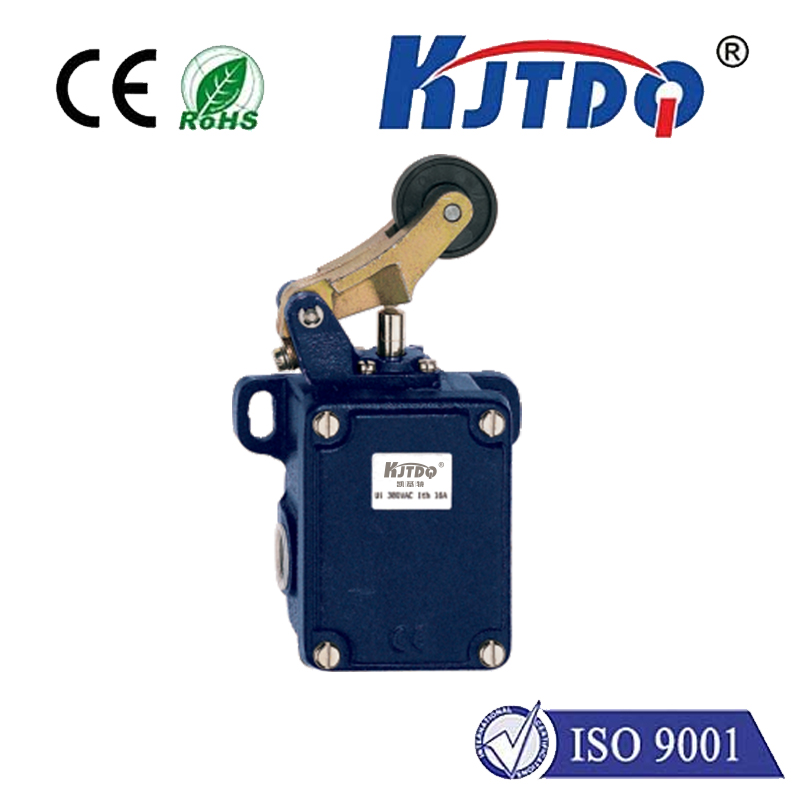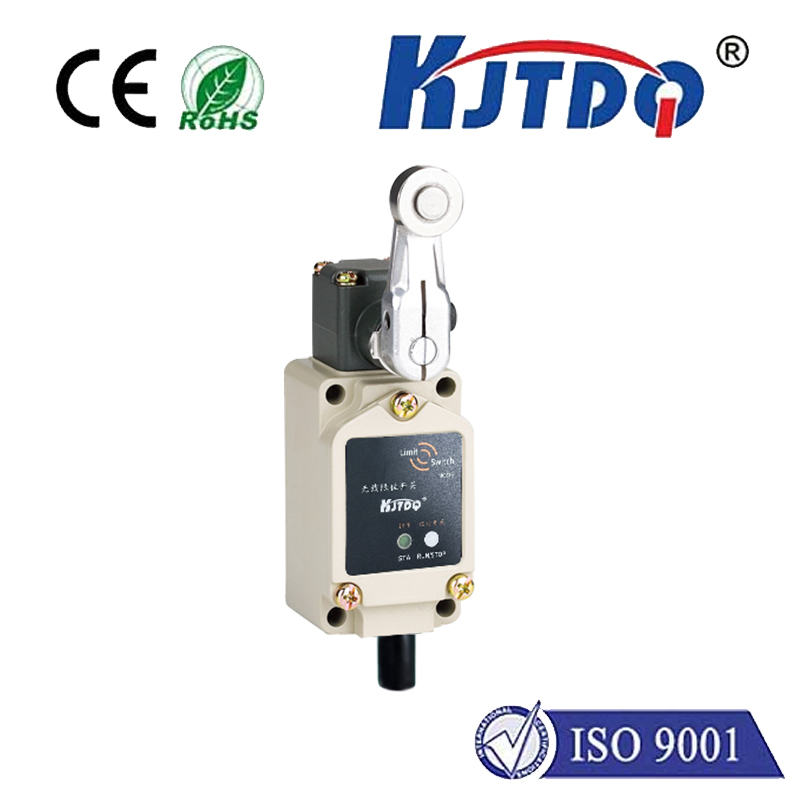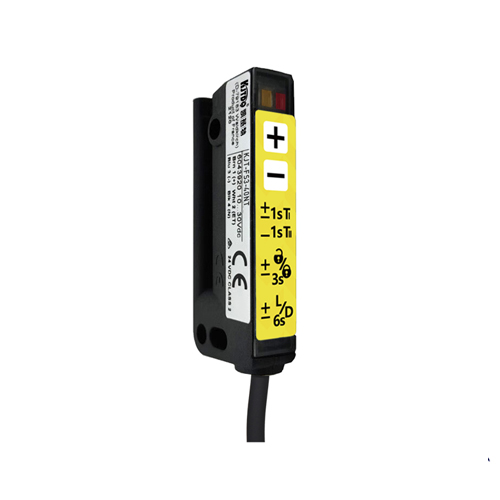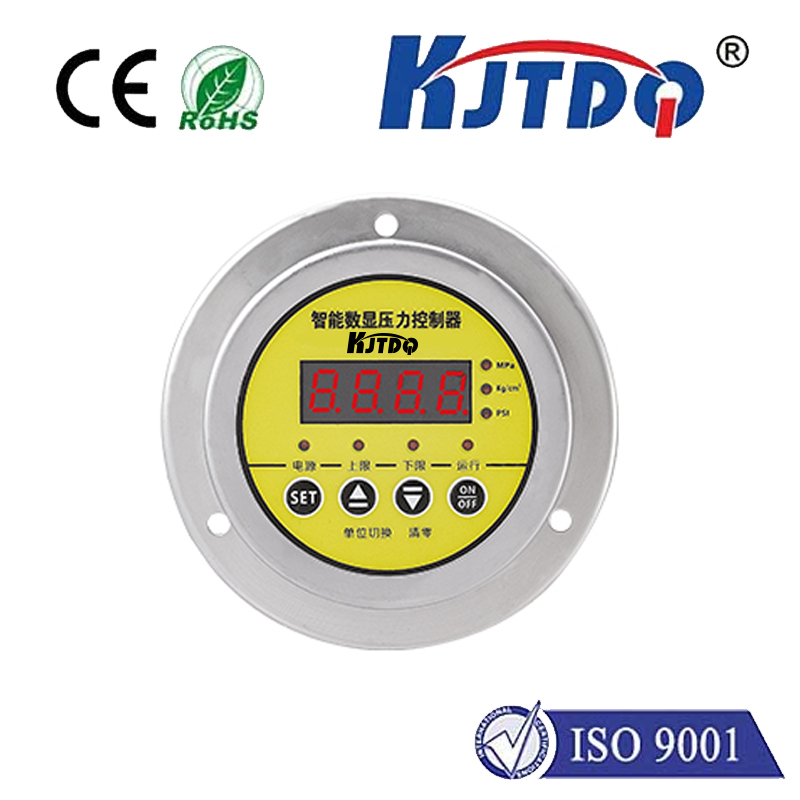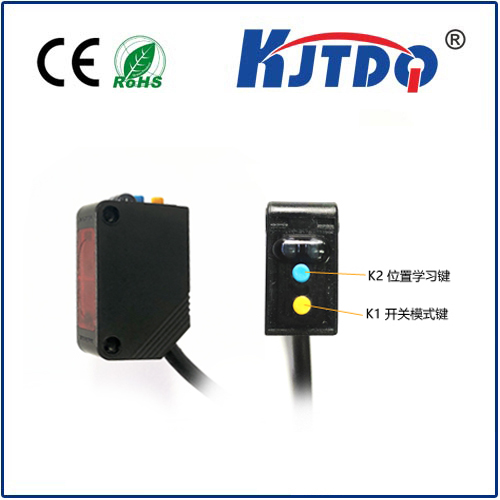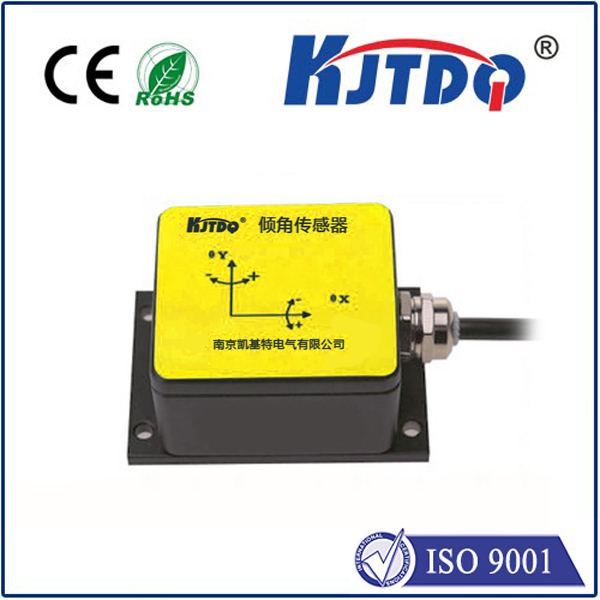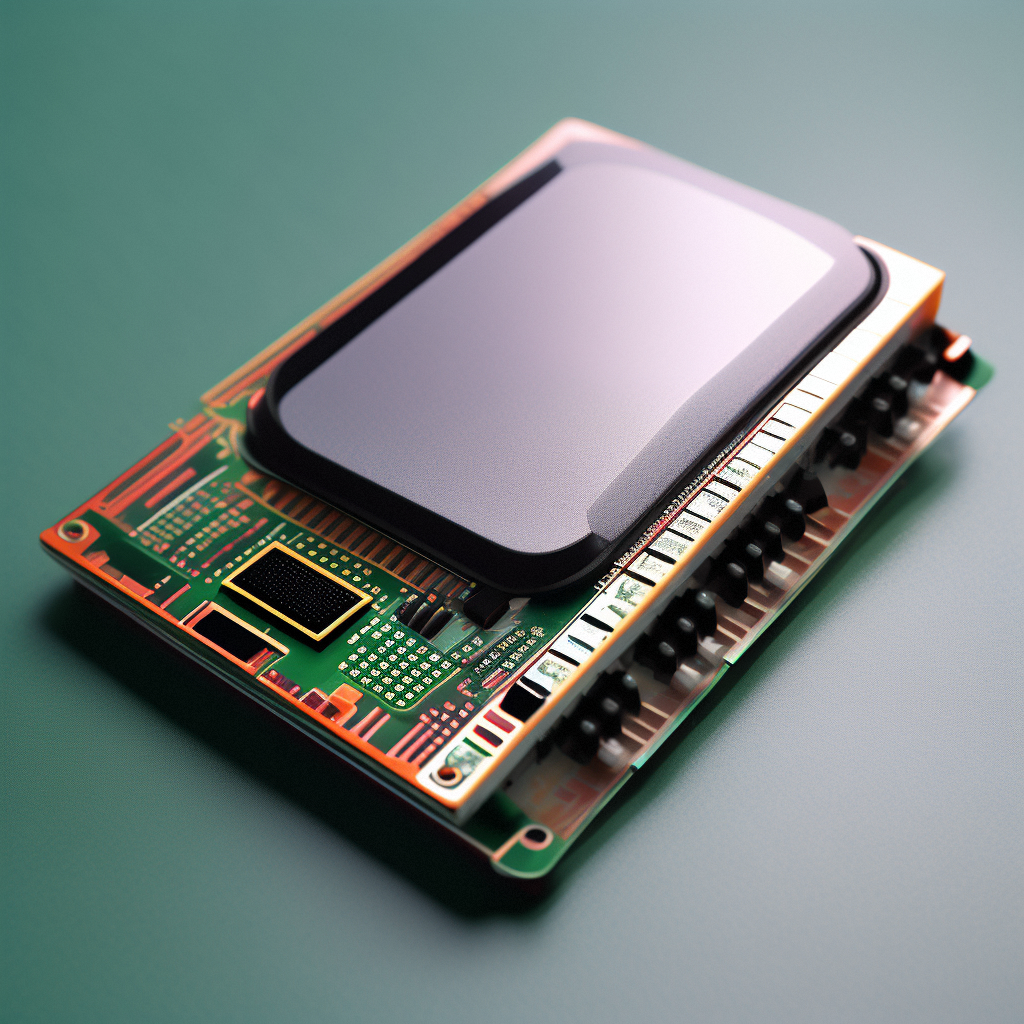

check

check

check

check
Imagine a high-speed robotic arm seamlessly placing components on a circuit board, or a conveyor belt shuttling metal parts through a paint booth without a hitch. What invisible force ensures this precision and prevents catastrophic collisions? Often, it’s the humble yet indispensable inductive distance sensor, a cornerstone of modern automation operating silently and reliably in the background.
Operating on a beautifully simple yet robust principle – electromagnetic induction – these sensors detect the presence or measure the distance to metallic objects without any physical contact. At their core lies a coil fed with high-frequency alternating current. This generates an oscillating electromagnetic field radiating from the active face of the sensor. When a metallic target enters this field, eddy currents are induced within the target itself. These eddy currents draw energy from the sensor’s coil, causing a measurable change in the oscillation’s amplitude or frequency. Sophisticated internal circuitry detects this change and triggers an output signal (like a digital switch or an analog voltage) proportional to the distance or simply confirming presence.
The non-contact nature of inductive sensors is arguably their most significant advantage. By eliminating mechanical wear and tear associated with physical switches, they deliver unparalleled longevity and reliability in demanding industrial settings. This translates directly to reduced maintenance costs and minimized downtime, a crucial factor in high-volume production lines where every second counts.

Their resilience extends far beyond just avoiding contact. Inductive sensors boast exceptional immunity to environmental challenges that would cripple other sensing technologies. Dust, dirt, oil, grease, moisture – these common factory-floor nuisances pose little threat. Unlike optical sensors, which can be blinded by grime or fog, or capacitive sensors susceptible to humidity changes, the electromagnetic field penetrates most non-metallic contaminants effortlessly. They thrive in environments where cleanliness is a luxury.
While simplicity in detection (metal present/not present) is a strength, modern inductive sensors offer far greater versatility. Analog inductive distance sensors provide a continuous output signal (typically 0-10V or 4-20mA) that changes linearly with the distance to the target. This enables precise tasks like:
Digital output sensors, often referred to as inductive proximity switches, are workhorses for discrete detection:
Selecting the optimal inductive sensor involves considering several key factors:
Inductive distance sensors are the unsung heroes across countless sectors:
Beyond sheer reliability and environmental resilience, inductive sensors offer compelling practical advantages. Their solid-state design ensures millions of operations without failure. They are generally easy to install and configure. Furthermore, they provide a safe solution for potentially hazardous locations as their sensing fields do not generate sparks, making them suitable for some explosive atmospheres (subject to specific certifications). The feedback they provide is crucial for closed-loop control systems, where precise position data is essential for maintaining accuracy and efficiency.
While technologies like laser distance sensors or ultrasonic sensors have their place for longer ranges or non-metallic targets, inductive sensors remain unrivaled for the core task of reliably detecting and measuring distance to metal objects in challenging industrial environments. Their combination of robustness, simplicity, cost-effectiveness, and resilience makes them the first choice for countless engineers designing reliable automation systems. From the grinding forces of a steel mill to the sterile confines of a pharmaceutical plant, these electromagnetic sentinels provide the critical, unseen intelligence that keeps the wheels of industry turning smoothly and safely.
